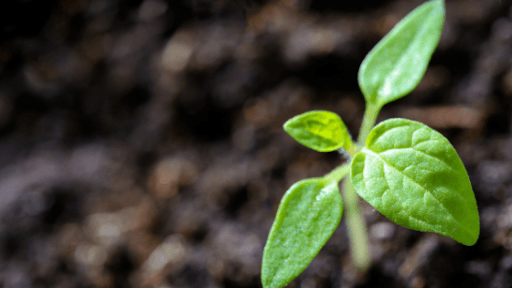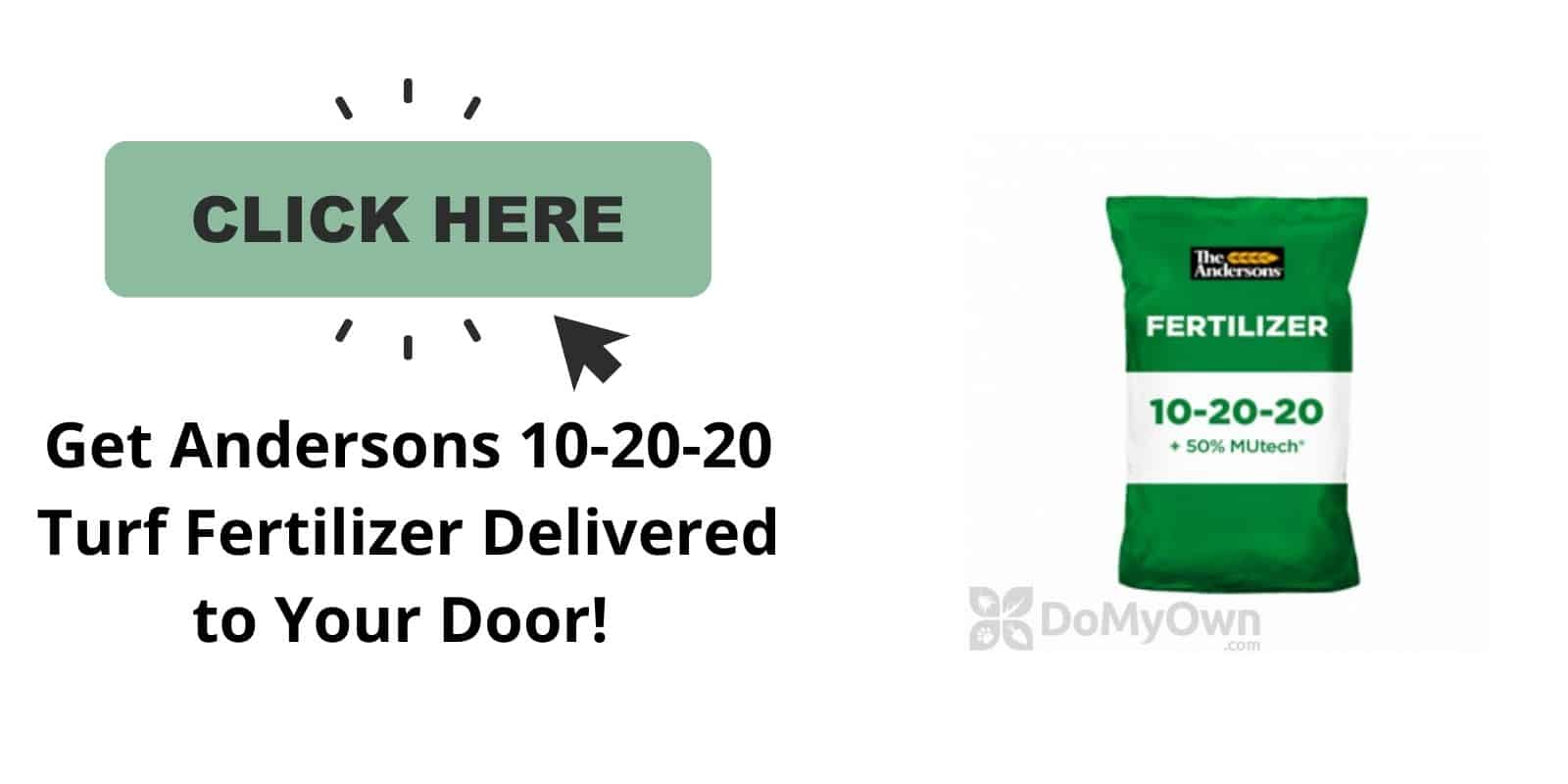Buy Andersons 50 LBS Bag Online
You can order with confidence knowing this product has been formulated to work on both cool and warm season grasses. Add a small quantity (3.75 – 5 pounds per 1,000 square foot) to your lawn and water in with a minimum of 0.2 inches. Each bag covers an area of 10,000 – 13,000 square feet depending on the application rate you use. It’s great for golf course and can even be used on greens, or homeowners looking to save on lawn care can purchase this product at the link below and save money by buying in larger quantities.
Or Keep Reading to Learn More About Fertilizer NPK Ratios
If you’re new to growing plants and using fertilizers, you may wonder why most fertilizers have this series of three numbers like 10-20-20, 10-10-10, 20-20-20, etc, as well as what they stand for?
To start out, fertilizers with a 10-20-20 – NPK value are commonly referred to as an ‘all-purpose’ fertilizer. For most applications, that’s all you usually need. There’s more to the meaning of those numbers on the bag though, but it’s, of course, complicated! 😅 Well, I know that’s still not quite the answer that you’re looking for, so here we go.
What do the three numbers on fertilizer packaging mean?
The three-part number shown on the front of the package represents the three macronutrients content of the fertilizer namely, nitrogen (N), phosphorus (P), and potassium (P). It’s usually abbreviated as N-P-K. The numbers refer to the percentage (by weight) of the three nutrients wherein the higher the number means the more concentrated that specific nutrient is in the fertilizer.
To illustrate the point, if you purchase a 10-pound bag of fertilizer labeled as 10-20-20, it means the fertilizer contains 10% nitrogen, 20% phosphorus, and 20% potassium. The remaining 50% of the package’s weight is composed of the other micronutrients and/or fillers.
What’s the use of these numbers?
The NPK values are used to calculate the amount of fertilizer that you need to apply to the soil that is equal to 1 pound of the nutrient. So, using the NPK value listed above, which is 10-20-20 divided 100 by each of the numbers, and you’ll get the amount of the fertilizer that you need to be able to add 1 pound of each specific nutrient to the soil.
For example, to get the amount of nitrogen that you need, you have to divide 100 by 10, which will give you 10. It means you need to add 10 pounds of the fertilizer to be able to add 1 pound of this nutrient to the soil.
There are fertilizers that have only 1 macro-nutrient. In this case, the packaging will show “0” in other values. For example, 10-0-0. It means the fertilizer only contains nitrogen.
What is the role of these 3 nutrients in plant growth?

Aside from knowing what NPK means, you also need to learn what roles these nutrients play in your specific plant’s growth. It’s important to note that for your plants to flourish, they need nitrogen, phosphorus, and potassium, but these nutrients should be given with caution so as not to overfeed your plants.
Nitrogen
Nitrogen is mainly focused on encouraging foliage growth, among other benefits. It helps your plants produce more chlorophyll allowing your plants to grow more quickly and have greener leaves.
Phosphorus
Phosphorus, which is the second number is mainly responsible for rooting, flowering, and fruit development.
Potassium
The third and last number, which is potassium, helps with the overall development of your plants. This includes aiding root development, guarding against diseases, helping with drought protection, as well as improving your plant’s cold tolerance. All of these help your plant photosynthesize more efficiently.
So that’s what those mystery numbers on the bag really mean. The more you know! 😆





